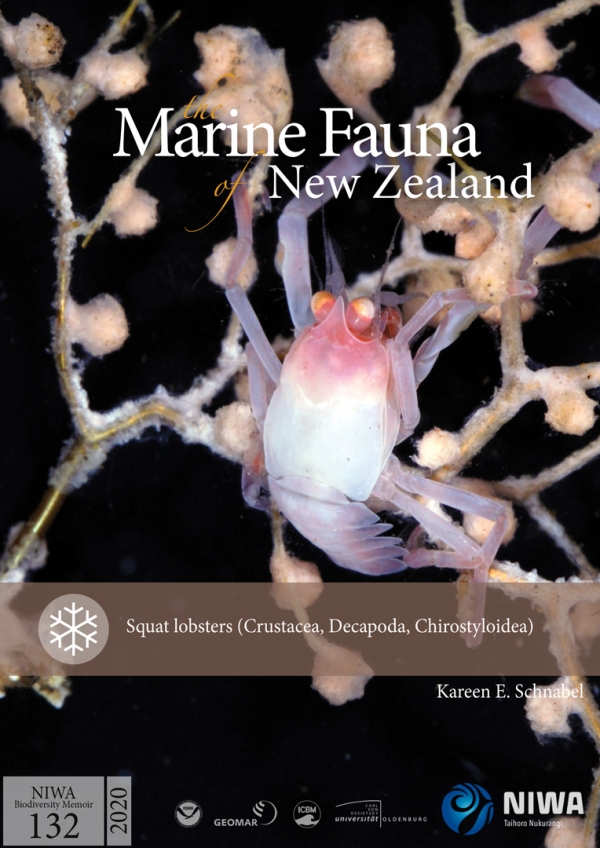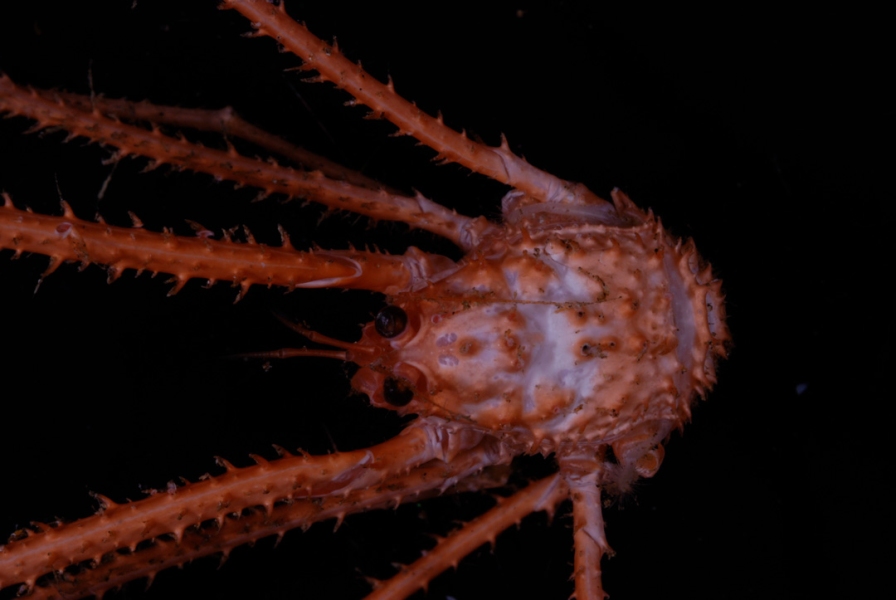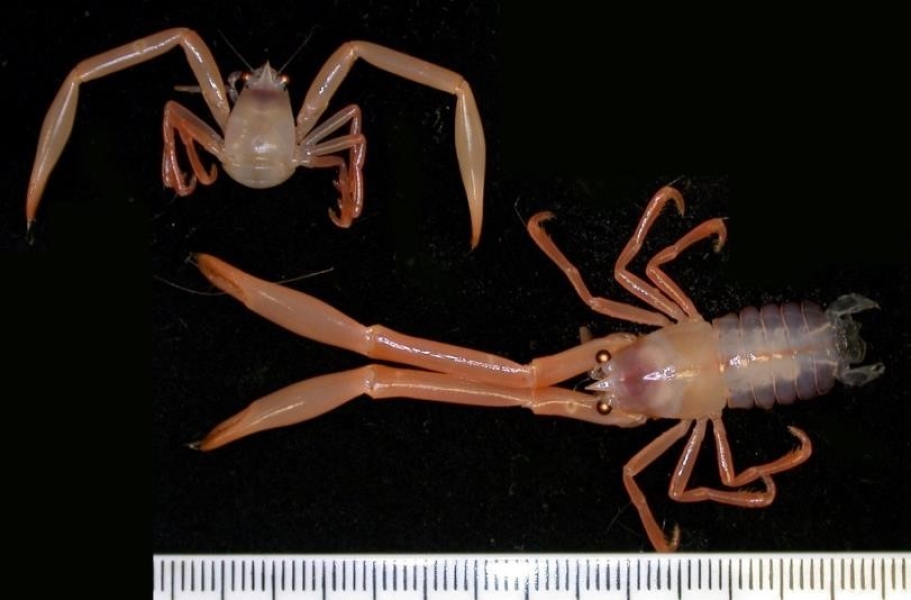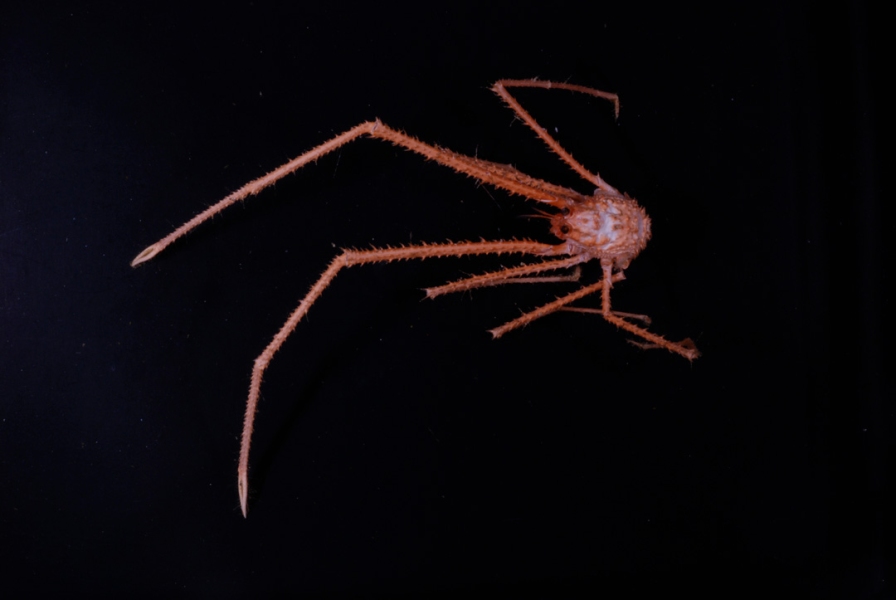After a decade-long effort, NIWA’s latest Biodiversity Memoir has just rolled off the presses. Written by marine biologist Kareen Schnabel, the 350-page treatise presents everything we currently know about the different kinds of squat lobster living in New Zealand’s waters.
Kareen’s memoir gives detailed information about 87 species of squat lobster in the New Zealand region. Twenty-six are brand new to science. Twenty-three had been known elsewhere and have now been recorded in our waters for the first time.
Squat lobster are fascinating creatures. They’re so-called because they tuck their tails under their bodies - giving them a flat appearance. The creatures can be found coloured in vivid reds, oranges and pinks, and range in size from a minuscule 3mm to a whopping 42cm.
Not related to the common lobster, most of the species in our region live on steep, rocky slopes a few hundred metres below the ocean’s surface. Many attach themselves to corals and sponges in what’s thought to be a mutually beneficial arrangement.
This is Kareen’s first Biodiversity Memoir. It involved thousands of hours of work. The review process alone took two years.
Most of the samples described in Kareen’s Biodiversity Memoir were sampled from NIWA’s own benthic surveys. But she also made several trips to museums and collections here and overseas to examine squat lobsters sampled from the New Zealand region since the first research expedition by HMS Challenger in the late 1800s, and other famous expeditions such as Scott’s ill-fated Terra Nova expedition of 1910 - 1913 and the Danish Galathea deep-sea expedition of the 1950s.
In a nod to those that helped, supported and collaborated with her in the marathon effort, Kareen has named some of the newly-discovered squat lobster species after colleagues, friends and family, including the Collection Manager of NIWA’s invertebrate collection Sadie Mills, former NIWA taxonomist Shane Ahyong and supervisors and mentors from her PhD at Otago University.
Another new species is named after pioneering New Zealand marine biologist Betty Batham who disappeared off Wellington’s Seatoun beach in mysterious circumstances in 1974. Other species have been named after the area they were found in, or for their distinctive features.
Kareen says it’s critical that we better understand our marine biodiversity. It satisfies our natural human curiosity, gives us an idea of what’s unique about New Zealand’s marine fauna and helps inform important conservation efforts.
Buy or download
All our NIWA Biodiversity Memoirs are available for purchase (hard copy) or free download (PDF):





